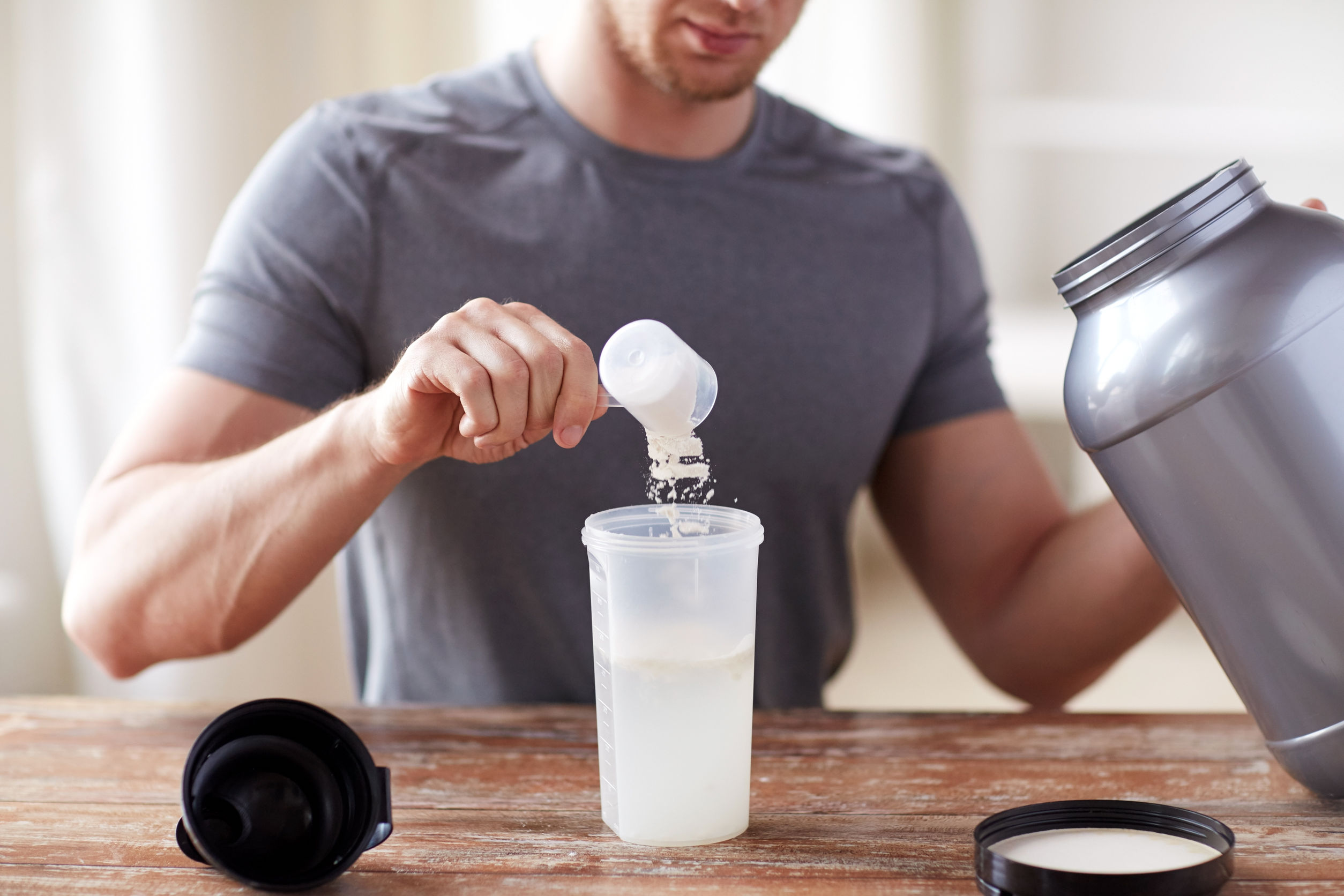”Texas, what sport supplements do you take? Is creatine part of your routine? This week's article discusses the power of creatine, and all the research that supports its efficacy. We hope you find this helpful!
Reading time: 7 Minutes
MWi Hack:
- Find out what creatine is and what it does
- Learn how to add creatine into your nutrition plan and workout regime
MWi Summary:
- Creatine is a naturally occurring non-protein amino acid and is mostly stored in skeletal muscle.
- It can be be found in many food products, namely red meat and seafood.
- Creatine is one of the most well-researched supplements for strength and power athletes.
Creatine supplementation – the only supplement worth the cost.
With thousands of supplements currently available, the question becomes what supplement results in improved performance? Although the answer may differ depending on your goals, it is currently believed creatine supplementation (creatine monohydrate) is the single best supplement to enhance exercise capacity and training adaptations in both youth and adult populations (1). As an ergogenic aid, creatine supplementation is recommended for power and strength athletes, as well as those performing high-intensity intermittent exercise. Evidence suggests the ergogenic effects of creatine for this type of activity is in the range of 10-20% (2).
What is it?
Creatine is a naturally occurring non-protein amino acid mostly found in red meat and seafood. Nearly all the creatine available in the body is stored in skeletal muscle (~95%) with the brain and testes accumulating the other 5%. Considering its utilization, the body needs to replenish about 1-3 grams of creatine per day to preserve normal creatine stores in skeletal muscle.
Is supplementation safe?
Creatine is found in many products in the food supply; thus, its use is not banned by any sports organization (1). The use of creatine among athletes and military populations is in the range of 15-40% (1). Although male strength/power athletes report greater consumption of creatine, evidence suggests creatine supplementation is safe among women too (3). With over 1,000 studies examining the role of creatine (1), the only major side effect that is consistently reported is weight gain. Additionally, anecdotal claims of other side effects, such as dehydration, gastrointestinal distress, renal dysfunction have been refuted in the literature.
”"Considering all the supplements currently available over the counter, creatine seems to be the one that is most worth the investment to improve overall strength, power, and physical function."
Yuri Feito, PhD, MPH
How much should I take?
A typical diet contains 1-2 grams/day of creatine, therefore dietary supplementation increases muscle stores by 20% – 40%. The most effective way to increase creatine stores in skeletal muscle is to consume 5 grams of creatine monohydrate (~ 0.3 g/kg body weight) four times daily for 5-7 days/week (1). After this loading phase, it is recommended to consume 3-5 g/day for maintenance purposes. In order to maintain performance gains, it is suggested creatine consumption continues during a training program as it usually takes 4-6 weeks for creatine stores to return to baseline.
MWi would like to Yuri Feito for sharing his expert insights with our community. Follow this link to find out more:
http://www.bit.ly/Scholar_DrFeito
About the Author
Yuri Feito, Ph.D., MPH is an associate professor of exercise science at Kennesaw State University. He has been involved in the medical fitness industry for over 20 years working with a variety of athletes and clinical populations. Dr. Feito obtained a Ph.D. from the University of Tennessee, Knoxville, and has master’s degrees in Movement Science and Public Health. He is a fellow of the American College of Sports Medicine and is certified as a clinical exercise physiologist and CrossFit Level 2 Coach. His current research examines the psychobiological mediators that enhance participation in high-intensity functional training (HIFT), and determine the effectiveness of HIFT exercise as a modality to reduce cardiovascular disease risk factors among individuals of diverse backgrounds and prevent injuries. The overall objectives of his research are to (1) determine potential barriers to HIFT exercise, (2) evaluate the affective response to HIFT sessions, and (3) asses the acute response of cardiometabolic health markers among adults. A list of current publications can be accessed at:
http://www.bit.ly/Scholar_DrFeito
Follow Dr. Feito on Twitter @DrFeito






